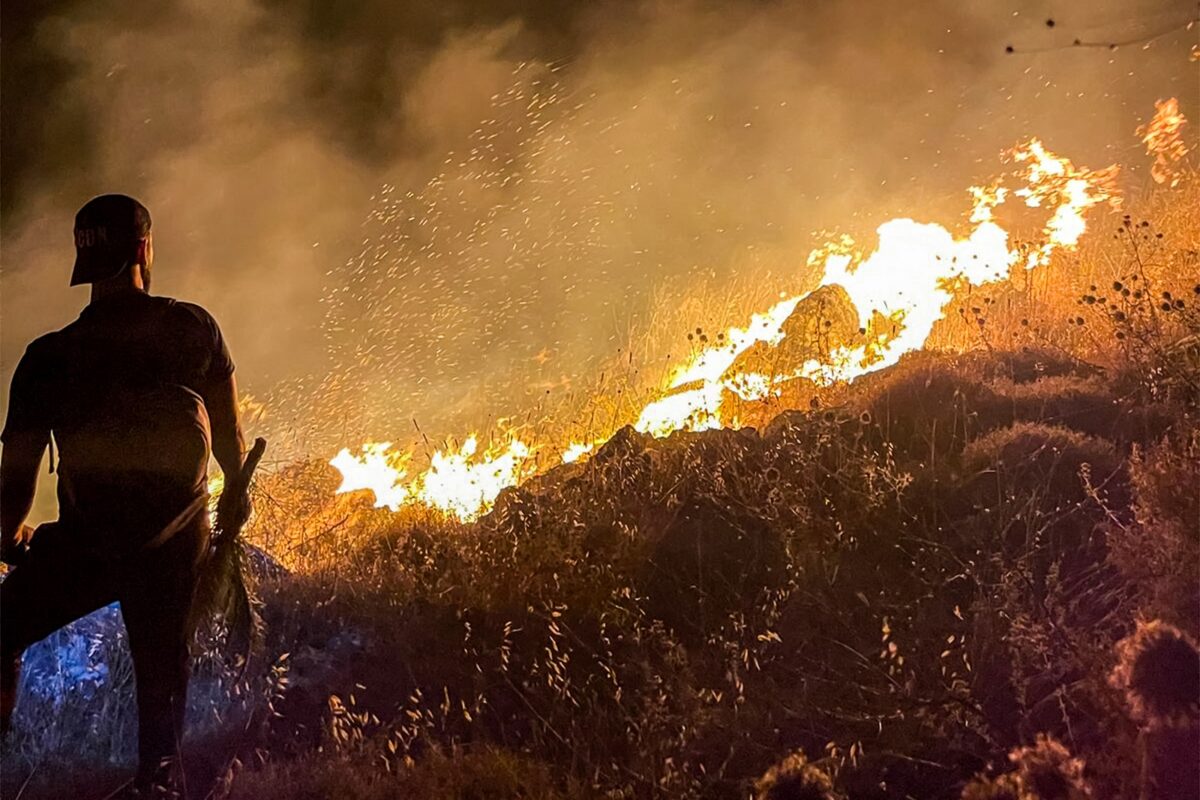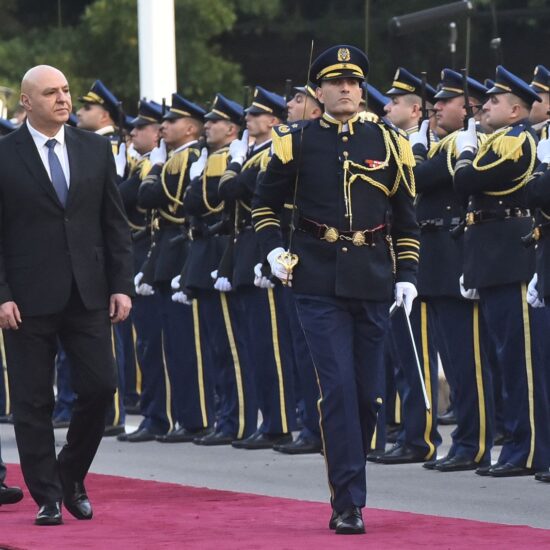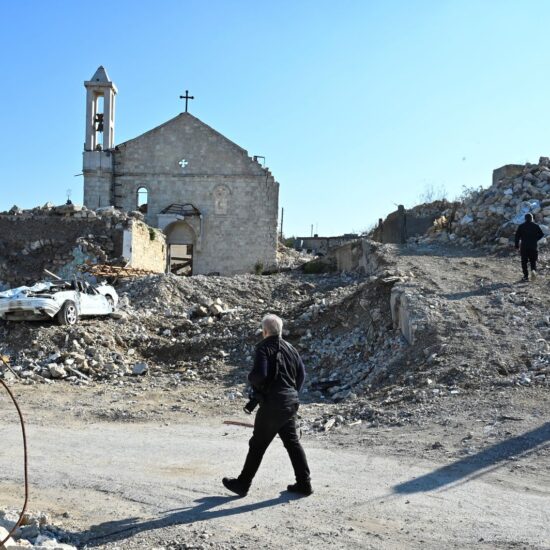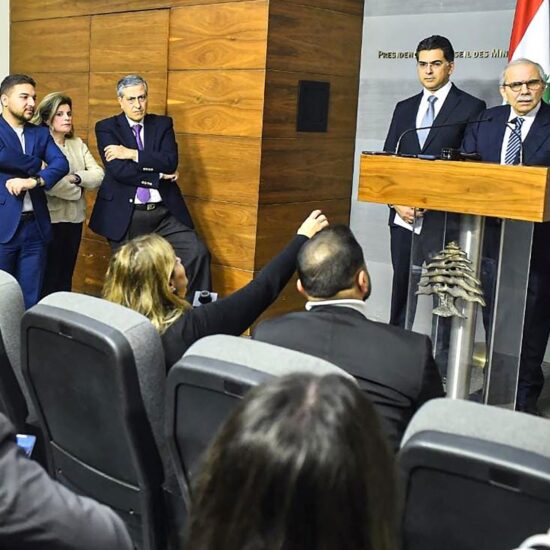
How prepared is Lebanon for wildfires amid heatwaves and government failure?
Lebanon is struggling to preserve its natural green lung in the face of a wave of raging fires that have recently threatened its forest cover. The environmental and agricultural losses are due to natural fires related to weather, drought and climate change, but this year there is an added factor weighing on the country’s fragility: the Israeli aggression on southern land.
Since mid-June, an exceptional heatwave has dominated the country, leading to an unprecedented rise in temperatures, compared to the same period during the last decade, especially since it was accompanied by high humidity that increased the feeling of heat, paving the way for a hot summer that the Lebanese were not used to before.
Fires are sweeping many countries around the world, but as Hisham Salman, coordinator of the Nature Conservation Program at the forest wealth and Development Association (AFCD), said, Lebanon is one of the least prepared countries to face this problem, and he continued: “the firefighting process is very expensive, and Lebanon’s financial capabilities exceed, therefore prevention and preparation measures for the crisis are low.”
Compared to previous seasons, seasonal monitoring of the land and Natural Resources Program at the Institute of Environmental Studies at the University of Balamand revealed that the months of July, August and September will witness a rise in temperature higher than their annual averages, albeit at a less severe rate than in June.
These heatwaves form the main fuse for the outbreak of fires in forest areas, where the rates of their expansion and danger are doubled if accompanied by other factors – including human, while others related to wind speed and dryness.
In the past few years, Lebanon witnessed one of the largest waves of fires that consumed vast areas of the Chouf forests, the Kharoub region and Akkar. The phrase ‘Lebanon is burning’ was at the forefront of the scene at that time, because of the terrible destruction of the forest wealth.
This year, Lebanon can avoid raging fires by raising the level of awareness of the citizens, at a time when the country is still exposed to a catastrophic wave of fires, especially if there is no quick response from the competent authorities, according to Nijad Saed Eddine, field coordinator and agriculture engineer at the Chouf Biosphere Reserve.
Extreme weather this year has boosted the number of fires compared to previous years. With the exception of the south, the preliminary estimate indicates that the area of fires in the Lebanese territories has reached the limits of 500 hectares since January, and most of them were recorded in June.
The most vulnerable areas to fires in Lebanon are the forested and grassy areas in Akkar governorate, where they are caused by artificial activities in landfills and in the field of agricultural waste, while some other fires in Mount Lebanon governorate were recorded in hotbeds containing flammable materials.
Satellite images, moreover, showed that the fires have exceeded 4,300 hectares in the south. The biggest danger lies in the changed situation so far, according to Dr. George Mitri – director of the Land and Natural Resources Program at the Institute of Environmental Studies at the University of Balamand and the project lead – who confirmed that “the number may rise if Israel continues at this pace of bombing, and we may exceed 5 thousand hectares, in a toll that Lebanon as a whole has not seen before.”
Salman agreed that the concerned municipalities and ministries should take many measures to mitigate fires, such as cleaning roadsides, monitoring places designated for setting fire to forests, creating special roads through which civil defense vehicles can cross into the middle of forests, and creating water ponds in them.
Causes
The Lebanese Civil Defense does not attribute the fires solely to weather conditions. Instead, they point to potential human causes, such as firewood merchants, individuals on barbecue picnics, and seasonal practices like burning dry grass during lubrication and cleaning campaigns of agricultural lands near homes.
According to the National Council for Scientific Research website, the main factors contributing to recurring fires include overgrazing, logging for investment purposes, urban expansion into rural areas, and other human activities. The areas most affected are on the outskirts of Beirut and Tripoli.
Nabil Salhani, head of the training department at the Civil Defense, told NOW that “the intensity of fires may vary from one region to another due to many factors.” He noted that some fires erupting at night, with no sunlight, support the aspect of human intervention.
He noted that the economic losses from these fires are significant. The state has lost extensive areas of trees, including pine, larch, oak, fruit trees, and olives. Additionally, many forest animals have died, birds have gotten lost, and the soil’s biological components, such as bacteria, have been burned, making it weak and incoherent. These are substantial material losses for both the state and farmers, and the situation is expected to worsen due to climate change.
Early warning efforts
To monitor and track fires and alert the public to their dangers, the University of Balamand in Lebanon has launched a project that publishes a weekly map on social media platforms. This map highlights areas at risk of fire and serves as an early warning system for the impending threat.
Dr. Mitri stated that the most dangerous areas in Lebanon have been identified and are being closely monitored. These regions, where rising temperatures pose a fire risk, include Akkar, Duniya, Batroun, Byblos, Matn, Baabda, Aley, Chouf, Sidon, Jezzine, Tyre, Nabatieh, Hasbaya, Rashaya, and Marjayoun.
Rodayna Raydan is a Lebanese-British journalist. You can follow her on Twitter @Rodayna_462
The views in this story reflect those of the author alone and do not necessarily reflect the beliefs of NOW.








